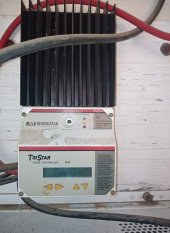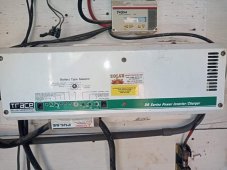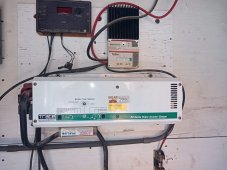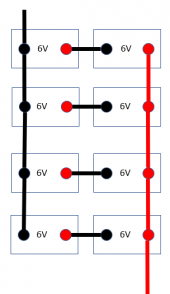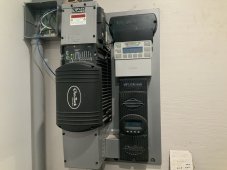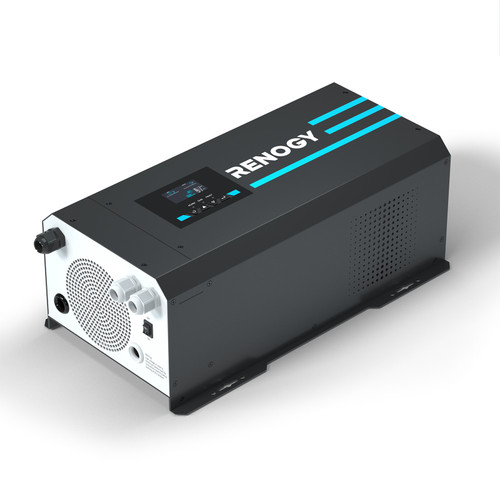sounds like the total power is in the 1200W range....particularly if all your lights are converted to LEDs. Unless you are planning on expanding the loads you might put on it, I would say to go from your current 1500W to around 2000W. That would give you a bit of room for growth but keep the size more manageable than a 4K or 6K system.
The 2000W makes sense- even with good equipment I’m not a fan of intentionally using over 85% of nominal capacity on a regular basis. Don’t get ocd on that: Under 75% I suppose one could say is ‘better’ but that’s extreme/ocd and not necessary; the point is headroom (and a hair dryer lol)
If you keep it to a 2000W or smaller inverter, staying at 12V is a viable option. If you go with higher wattage inverters, you really should consider 24 or 48V
OP made the comment about it working for thirty years why mess with it. There is some validity in that imho like filterguy alludes to.
if the inverter supports it 24V has some advantages for the mppt and you could experiment with that - if you wanted.
The other thing is 12V inverters are probably more readily available if something goes down in your resource-starved location.
I’ve been digging through the FAQ’s and other sites but can’t seem to land on how to convert 12v to 24 or 48 or if I even need to go down that road. If 12v has worked for 30 years I should probably leave well enough alone.
First, your existing system is more ‘quality’ and at a level above what I was imagining (assuming?). If it’s 12V and working it will continue. True.
For educational purposes:
series: 8 6v batteries in series is connected like this:
1st batt neg (-) to 2nd batt pos(+),2nd batt neg to 3rd batt pos, 3rd batt neg to 4th batt pos, 4th batt neg to 5th pos, 5th neg to 6th pos, 6th neg to 7th pos, 7th neg to 8th pos... 1st batt pos(+) is the inverter + cable, 8th neg is the inverter (-). Can be drawn out in a row as above. Voltage is #batts times single battery voltage. In this case 8 * 6V is 48V
That is series. All 8 in series is called 8S
In series the voltage is multiplied:
If you had only two of your batteries in series (not using the others for this example) it would be 2 batts times 6V = 12V called 2S. If four in series it would be 4*6V = 24V or 4S
Parallel arrangements leave the voltage the same as the single batteries or strings of batteries. If you placed your 8 batteries in a row with all the positive(+) terminals connected and all negative terminals connected (8P) the voltage would be six volts. Even 3 connected parallel (3P) would be 6V.
If you connected 4 of your 6V batteries in a series arrangement (4S) you would have 24V.
If you connected the other four in series they would be 24V. 4S.
if you connected the positive terminals together of the first batteries in the two
strings of 4S 6V batteries and connected the last negatives of the two strings together it will be 24V because parallel connections do not increase voltage. We would call this example 4S2P as in 2 parallel connected strings of four batteries in series.
A 2S4P arrangement- four parallel connected strings of two 6V batteries in series- is 12V. The series connection multiplies volts; 2 times 6V batteries in series is 12V. You then have four 2-battery 12V strings which are then connected in parallel- parallel connections do not change voltage- to yield full Amp hours at 12V
Does this show how you can manipulate storage battery bank voltage to suite your needs?
I’m on a phone so can’t draw this but hopefully it was useful
 erdm-solar.com
erdm-solar.com



